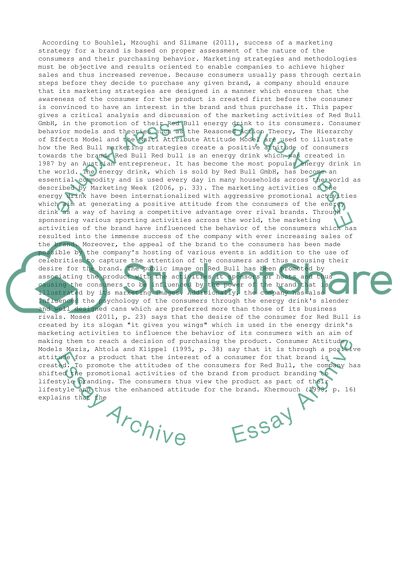Cite this document
(“Consumer Behaviour Essay Example | Topics and Well Written Essays - 2500 words”, n.d.)
Retrieved de https://studentshare.org/business/1392019-consumer-behaviour
Retrieved de https://studentshare.org/business/1392019-consumer-behaviour
(Consumer Behaviour Essay Example | Topics and Well Written Essays - 2500 Words)
https://studentshare.org/business/1392019-consumer-behaviour.
https://studentshare.org/business/1392019-consumer-behaviour.
“Consumer Behaviour Essay Example | Topics and Well Written Essays - 2500 Words”, n.d. https://studentshare.org/business/1392019-consumer-behaviour.


